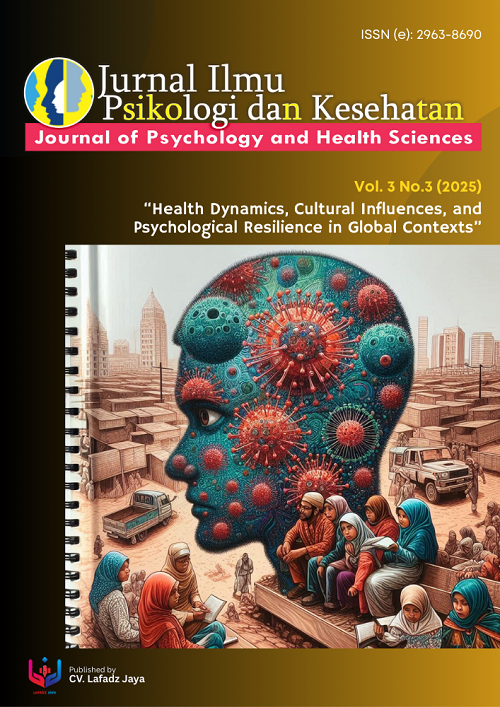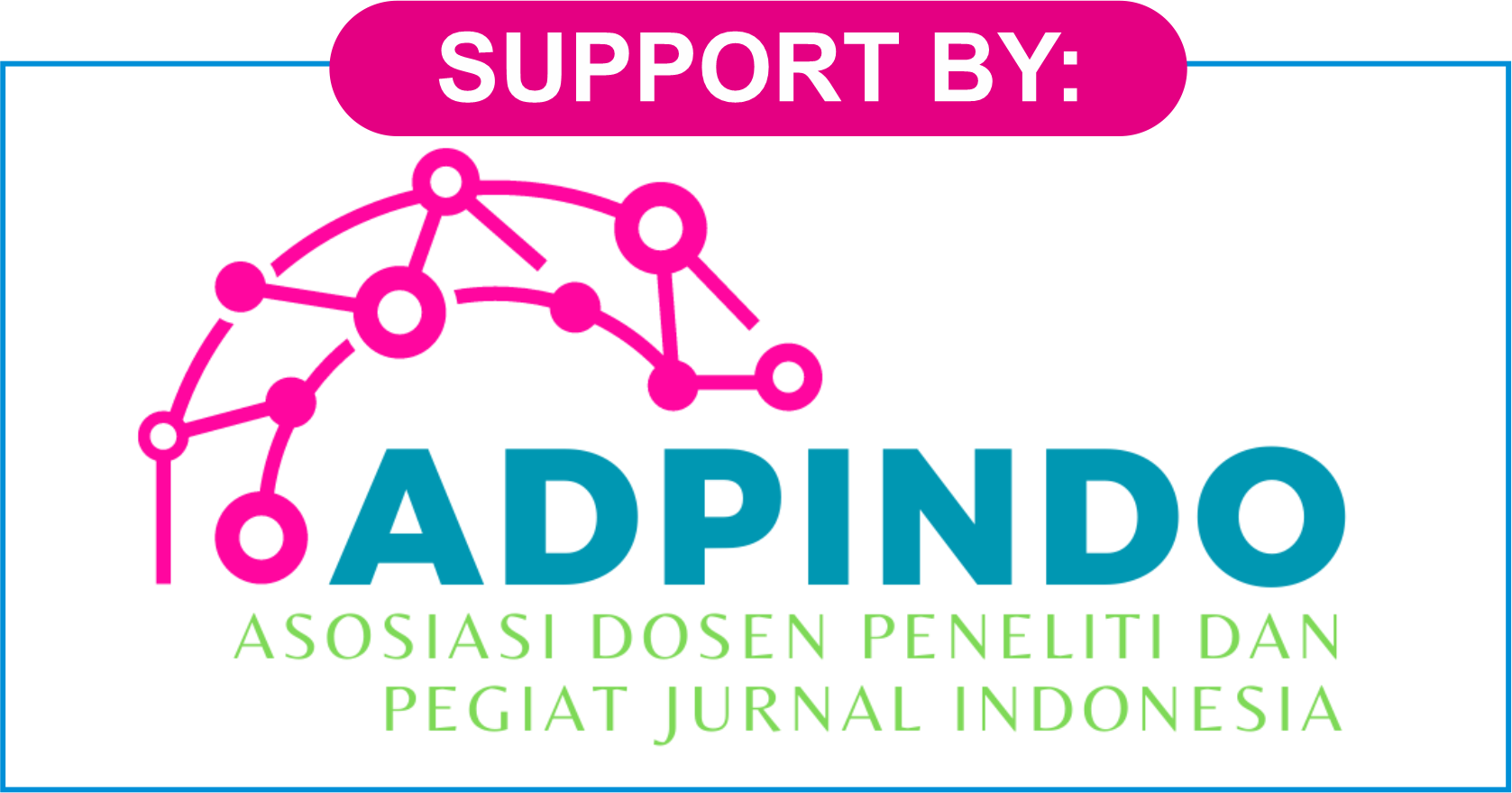FAKTOR-FAKTOR YANG MEMPENGARUHI PERILAKU MEROKOK PADA MAHASISWA PSDKU UNPAD PANGANDARAN
DOI:
https://doi.org/10.47353/sikontan.v3i3.2481Keywords:
Smoking behavior, students, individual factors, family factors, environmental factorsAbstract
This study aims to analyze the factors that affect smoking behavior in PSDKU students of Padjadjaran University Pangandaran. A quantitative approach was used by involving 102 student respondents who were selected based on certain characteristics. The variables studied included individual factors (stress and self-esteem), family factors (relationships with parents and economic conditions), and environmental factors (peer influence and social norms). The results of multiple regression analysis showed that environmental and individual factors had a significant influence on smoking behavior, while family factors did not have a significant influence. Environmental factors, such as peer influence and social norms, are the dominant predictors in students' smoking behavior. The conclusion of this study emphasizes the need for integrative efforts from campuses, families, and communities in overcoming smoking behavior through education, psychological support, and the formation of a smoke-free environment.
Downloads
References
Chassin, L., Presson, C. C., Rose, J., Sherman, S. J., Davis, M. J., & Gonzalez, J. L. (2005). Parenting style and smoking-specific parenting practices as predictors of adolescent smoking onset. Journal of Pediatric Psychology, 30, 333–344.
Gilman, S. E., Rende, R., Boergers, J., Abrams, D. B., Buka, S. L., Clark, M. A., et al. (2009). Parental smoking and adolescent smoking initiation: An intergenerational perspective on tobacco control. Pediatrics, 123(2), e274–e281, http://dx.doi.org/10.1542/peds.2008-2251.
Hidayat, D.R. (2009). Ilmu perilaku manusia pengantar psikologi untuk tenaga kesehatan. Jakarta: CV. Trans Info Media.
Hurlock, E.B., Developmental psychology: A life-span approach, fifth edition. Psikologi perkembangan: Suatu pendekatan sepanjang rentang kehidupan, edisi kelima. Istiwidayani & Soedjarwo (terj). (1980). Jakarta: Penerbit Erlangga.
Loke, A. Y., & Wong, Y. P. (2010). Smoking among young children in Hong Kong: Influence of parental smoking. Journal of Advanced Nursing, 66(12), 2659–2670.
Park, S. E., Lee, K. S., Yun, S. N., & Cui, W. (2014). Structural model of factors influencing smoking behavior among Korean–Chinese adolescent boys. Applied Nursing Research, 27(3), 192-197.
Topolski, T. D., Patrick, D. L., Edwards, T. C., Huebner, C. E., Connell, F. A., & Mount, K. K. (2001). Quality of life and health-risk behaviors among adolescents. Journal of adolescent health, 29(6), 426-435.
Shakib, S., Zheng, H., Johnson, C. A., Chen, X., Sun, P., Palmer, P., et al. (2005). Family characteristics and smoking among urban and rural adolescents living in China.
Preventive Medicine, 40, 83–91, http://dx.doi.org/10.1016/j.ypmed.2004.05.029.
Sugiyono. 2017. Metode Penelitian Kuantitatif, Kualitatif dan R&D. Bandung: Alfabeta.
Kemkes (2024). Perokok Aktif di Indonesia Tembus 70 Juta Orang, Mayoritas Anak Muda. https://kemkes.go.id/id/rilis-kesehatan/perokok-aktif-di-indonesia-tembus-70-juta-orang-mayoritas-anak-muda
Downloads
Published
How to Cite
Issue
Section
License
Copyright (c) 2025 Rahma Siti Azzahra, Iwan Koswara, Ikhsan Fuady

This work is licensed under a Creative Commons Attribution 4.0 International License.











